Denton Corker Marshall reveal the new Australian Pavilion’s mysterious black box
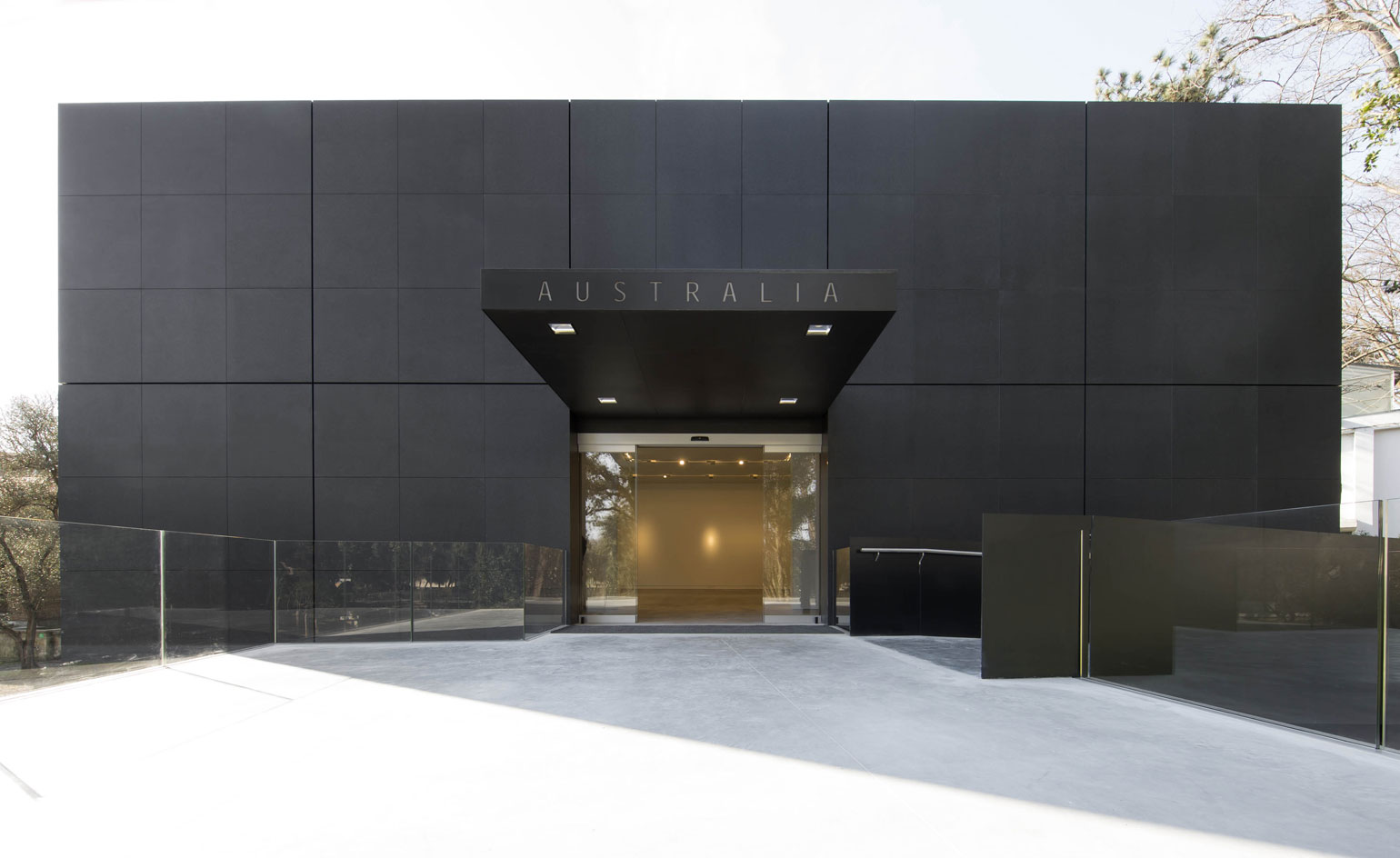
While there is no lack of high profile contemporary architecture projects in Venice - Tadao Ando, OMA and David Chipperfield are all contributors to the city's urban fabric - it is not every day that a ground-up new build structure makes its appearance in the magical island city. Yet with the opening of the 2015 Art Biennale this May, Venice will also celebrate the opening of the brand new Australian Pavilion in the Giardini della Biennale.
Designed by international architecture practice Denton Corker Marshall, the new building is located within the biennale grounds, among the Giardini Park's green gardens that also host another 28 country-focus pavilions as well as the Central Pavilion. Its design marks a sure departure from the country's previous Venice home.
'The original Australian Pavilion designed by Philip Cox was always intended as a temporary building, shipped to Venice in 1988, after Australia received approval to build in the gardens,' explains founding partner John Denton. 'Designed around two trees and on split levels, the pavilion was difficult for some artists to show in, particularly as art practice moved away from paintings on walls and towards sculptural and installation pieces. The new Australian Pavilion incorporates a 240.5 m sq white exhibition space where art is the focus. A neutral space of polished concrete floor, the new gallery allows for art exhibitions of all types.'
Striking the right balance, both in terms of contents and context, was key. The architects wanted to create something 'simple yet powerful', which would make for a distinct presence within the biennale grounds, but would also remain sensitive to its world-famous, historic surroundings. They also needed to produce a design that would make for a comfortable and modern home for displays but at the same time wouldn't compete with them. The answer was found in a gesture that combines a simple, white exhibition box with a fairly subtle, external black box.
While the white exhibition space is conceived as a clean, large and rectilinear volume - in order to allow for maximum flexibility for the installations within - the black granite-clad exterior incorporates a dramatic cantilever over the canal, as well as openings on three façades, revealing glimpses of the interior. The entrance was re-orientated: 'One of the biggest achievements of the new pavilion design was siting the building so that the entry now faces the bridge over the canal and the open spaces opposite, with better engagement with the other pavilions,' says Denton.
This play between inside and outside creates the idea of a 'mysterious black box' that changes character as the exhibitions within it change, explain the architects. The box opens up in the spring, summer and autumn, when the biennales take place, and remains closed during the winter, adapting to the seasons and its contents, in full harmony with its leafy surroundings.
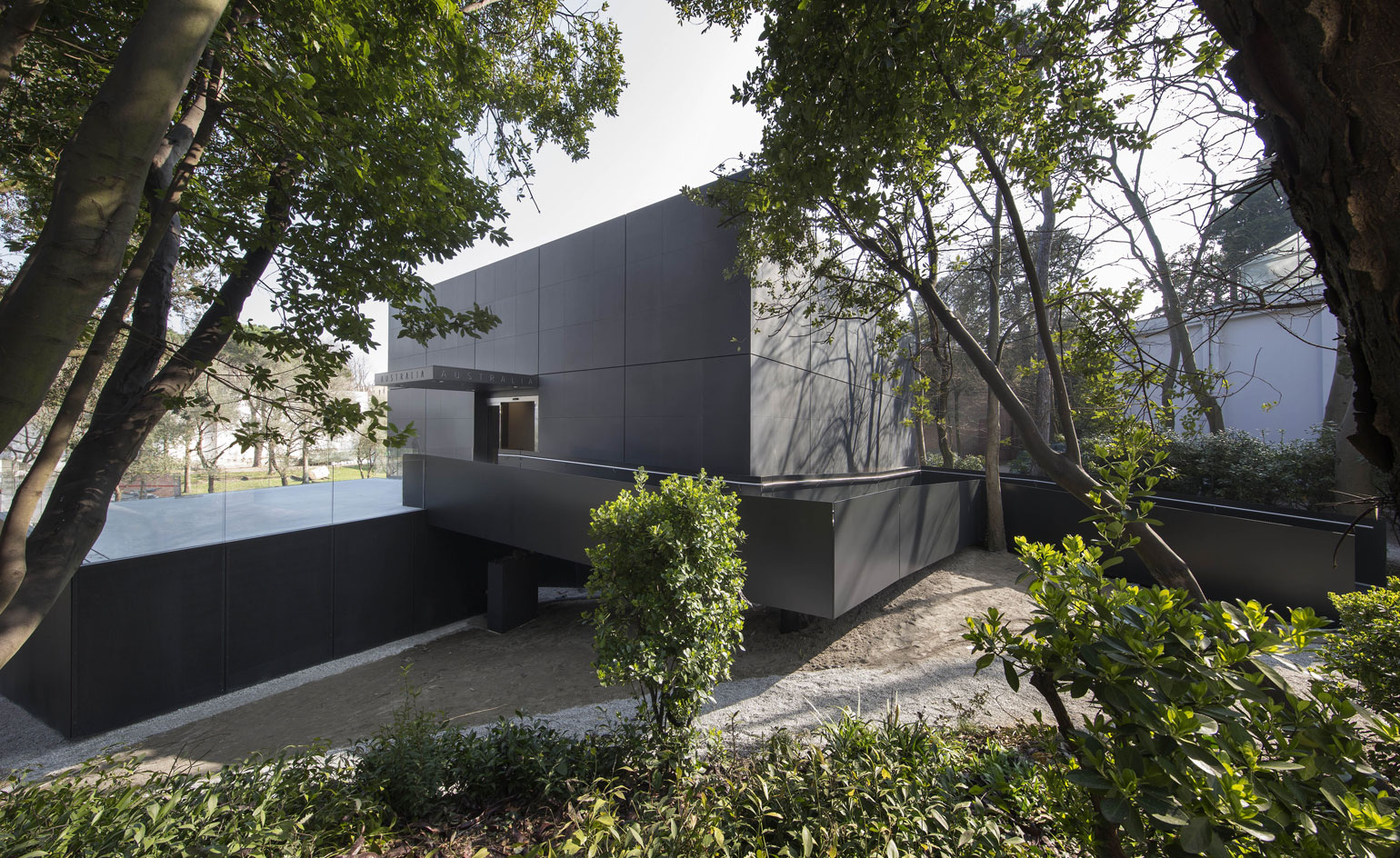
One of the key changes the new building brings is its reconfigured entrance, which is now linked better with both the nearby canal bridge and the other pavilions around it
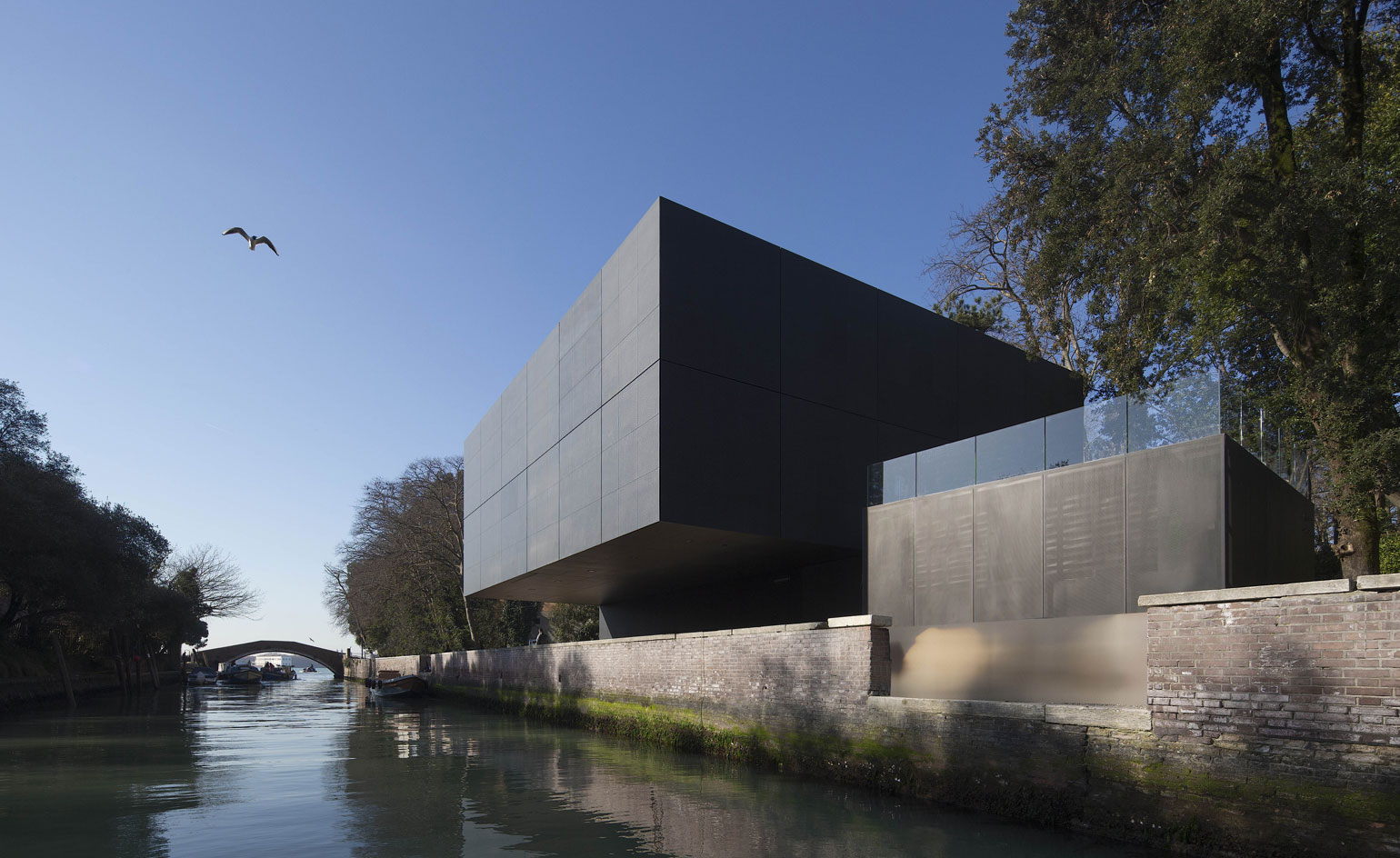
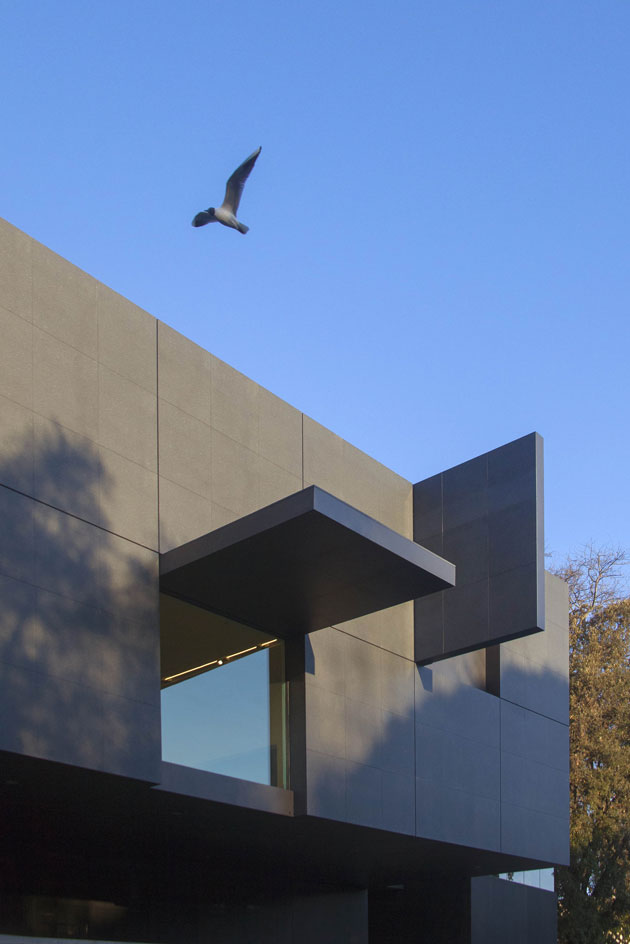
...but can open up in places, revealing glimpses of the interior, when the pavilion is in use

The granite-clad volume includes a dramatic cantilever over the canal

The main exhibition area inside is accessed through a bright lobby, pictured here
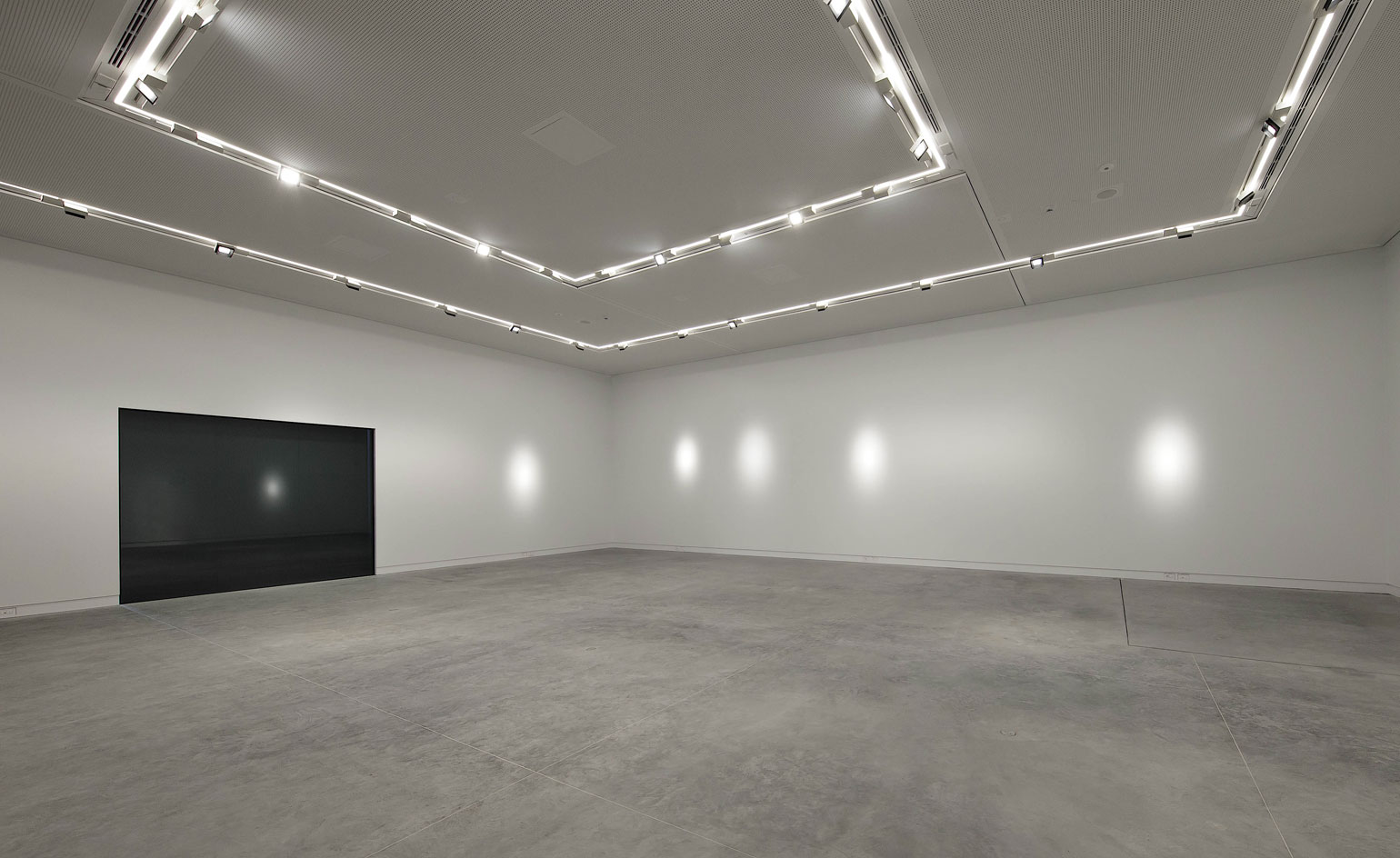
The exhibition space was designed to be clean and generous in order to allow for maximum flexibility for installation and display purposes
Receive our daily digest of inspiration, escapism and design stories from around the world direct to your inbox.
Ellie Stathaki is the Architecture & Environment Director at Wallpaper*. She trained as an architect at the Aristotle University of Thessaloniki in Greece and studied architectural history at the Bartlett in London. Now an established journalist, she has been a member of the Wallpaper* team since 2006, visiting buildings across the globe and interviewing leading architects such as Tadao Ando and Rem Koolhaas. Ellie has also taken part in judging panels, moderated events, curated shows and contributed in books, such as The Contemporary House (Thames & Hudson, 2018), Glenn Sestig Architecture Diary (2020) and House London (2022).
-
 Year in review: the shape of mobility to come in our list of the top 10 concept cars of 2025
Year in review: the shape of mobility to come in our list of the top 10 concept cars of 2025Concept cars remain hugely popular ways to stoke interest in innovation and future forms. Here are our ten best conceptual visions from 2025
-
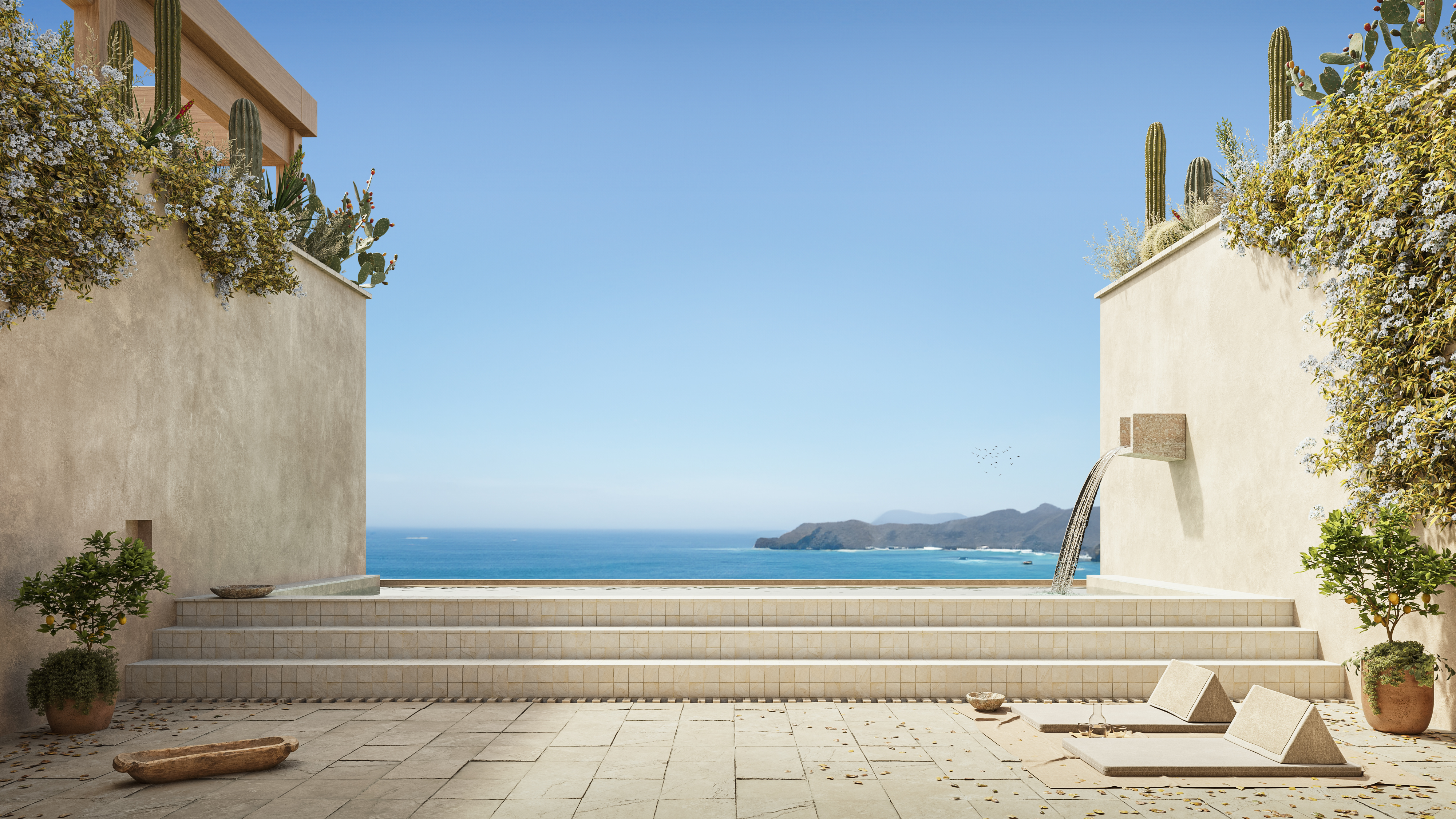 These Guadalajara architects mix modernism with traditional local materials and craft
These Guadalajara architects mix modernism with traditional local materials and craftGuadalajara architects Laura Barba and Luis Aurelio of Barbapiña Arquitectos design drawing on the past to imagine the future
-
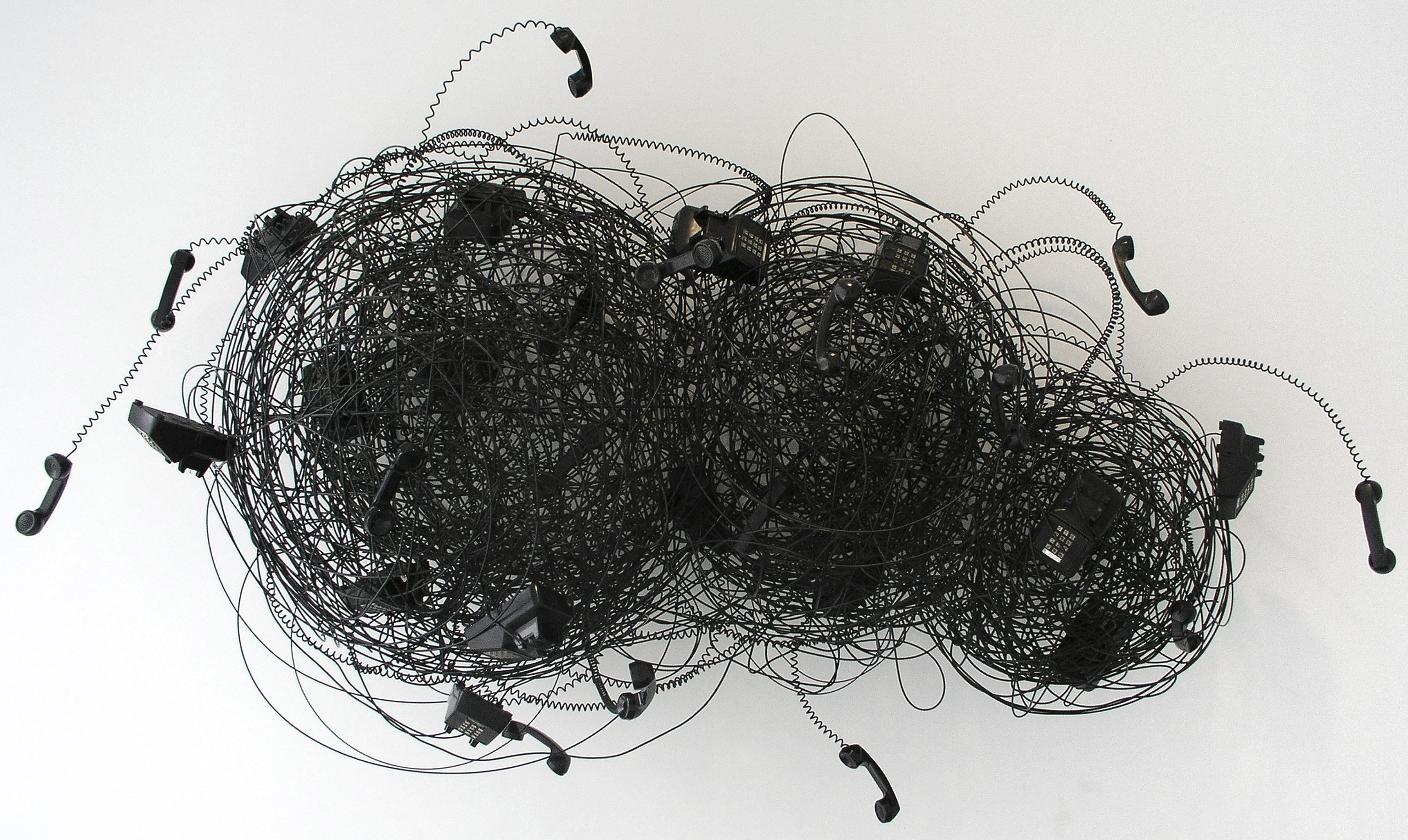 Robert Therrien's largest-ever museum show in Los Angeles is enduringly appealing
Robert Therrien's largest-ever museum show in Los Angeles is enduringly appealing'This is a Story' at The Broad unites 120 of Robert Therrien's sculptures, paintings and works on paper
-
 A forgotten history of Italian artists affected by the HIV-AIDS crisis goes on show in Tuscany
A forgotten history of Italian artists affected by the HIV-AIDS crisis goes on show in Tuscany‘Vivono: Art and Feelings, HIV-AIDS in Italy. 1982-1996’, at Centro per l'Arte Contemporanea Luigi Pecci in Prato delves into the conversation around the crisis
-
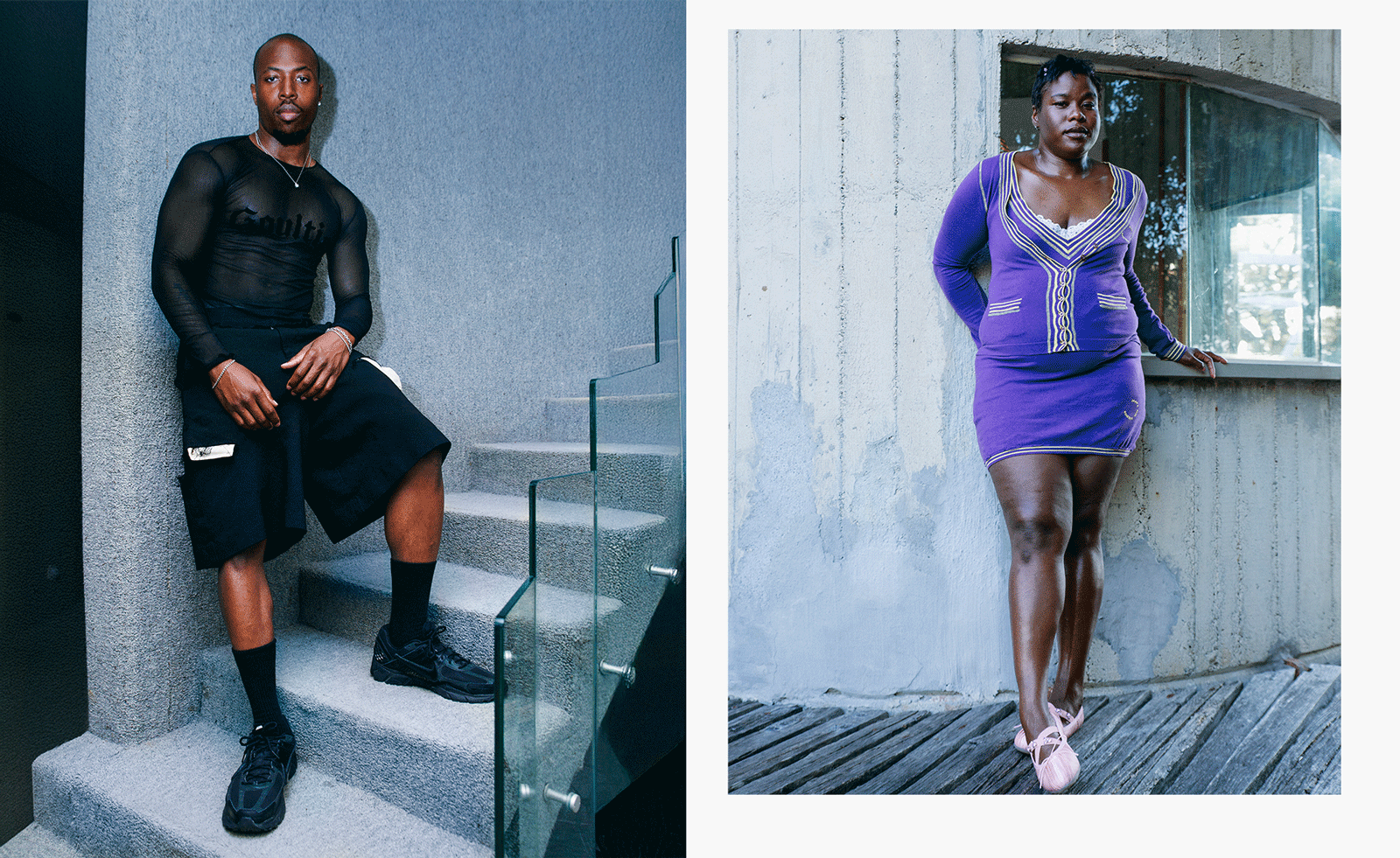 Creativity and rest reign at this Tuscan residence for Black queer artists
Creativity and rest reign at this Tuscan residence for Black queer artistsMQBMBQ residency founder Jordan Anderson sparks creativity at his annual Tuscan artist residency. Wallpaper* meets him to hear about this year's focus.
-
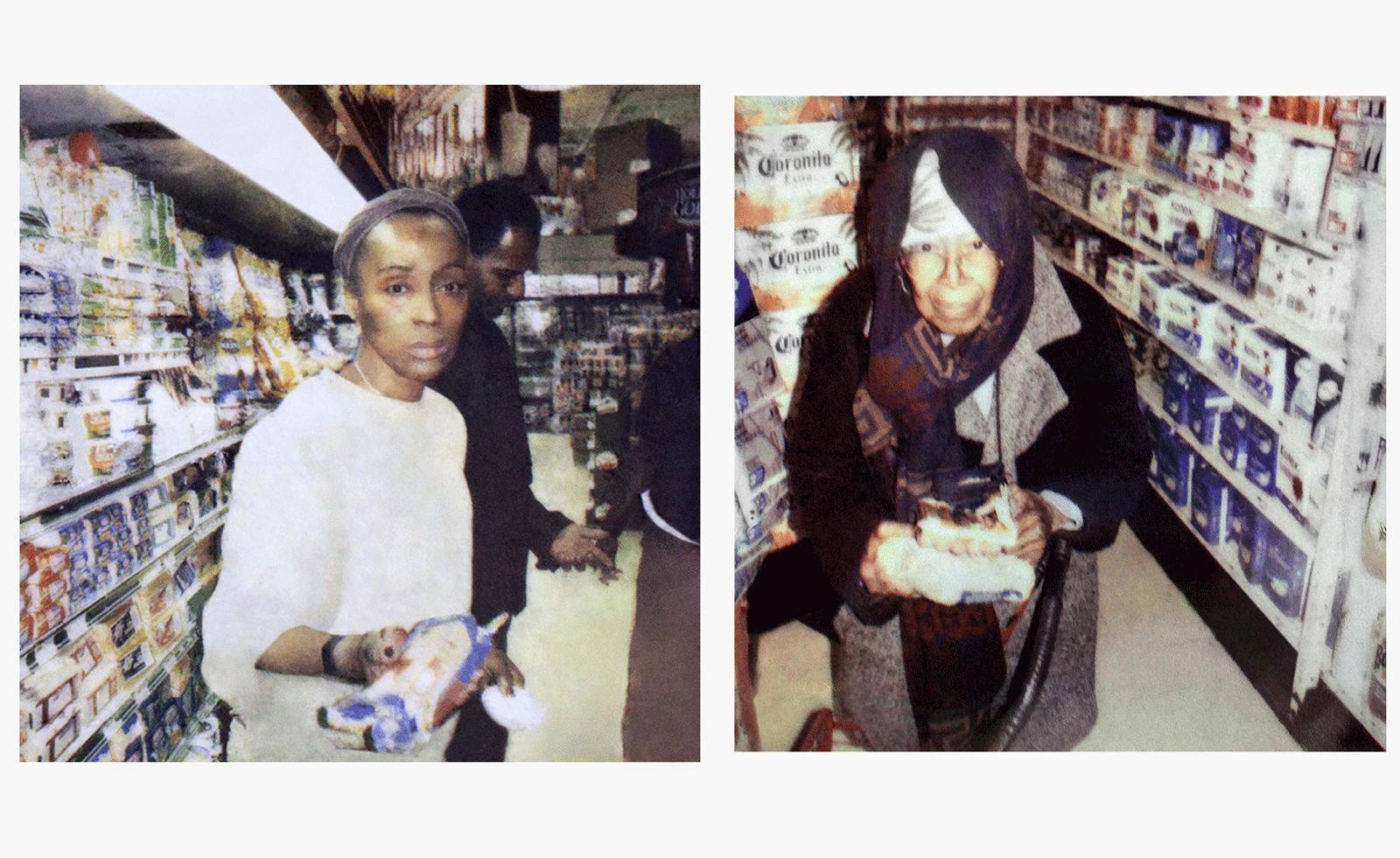 Photographer Mohamed Bourouissa reflects on society, community and the marginalised at MAST
Photographer Mohamed Bourouissa reflects on society, community and the marginalised at MASTMohamed Bourouissa unites his work from the last two decades at Bologna’s Fondazione MAST
-
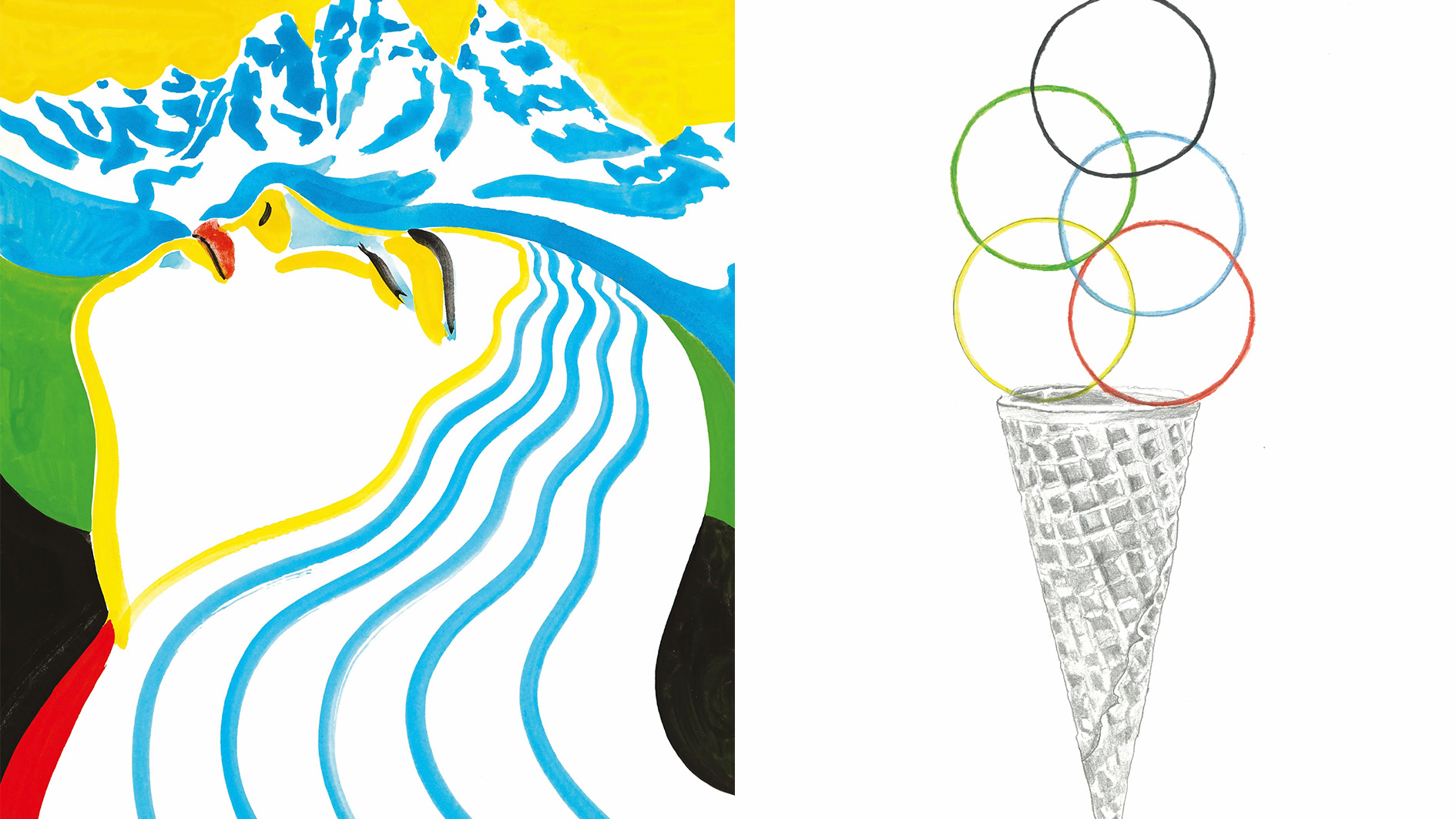 Ten super-cool posters for the Winter Olympics and Paralympics have just been unveiled
Ten super-cool posters for the Winter Olympics and Paralympics have just been unveiledThe Olympic committees asked ten young artists for their creative take on the 2026 Milano Cortina Games
-
 Out of office: what the Wallpaper* editors have been up to this week
Out of office: what the Wallpaper* editors have been up to this weekThe Wallpaper* team enjoyed good art, food and drink this week, attending various exhibition openings and unearthing some of the best pasta and cocktails that London has to offer
-
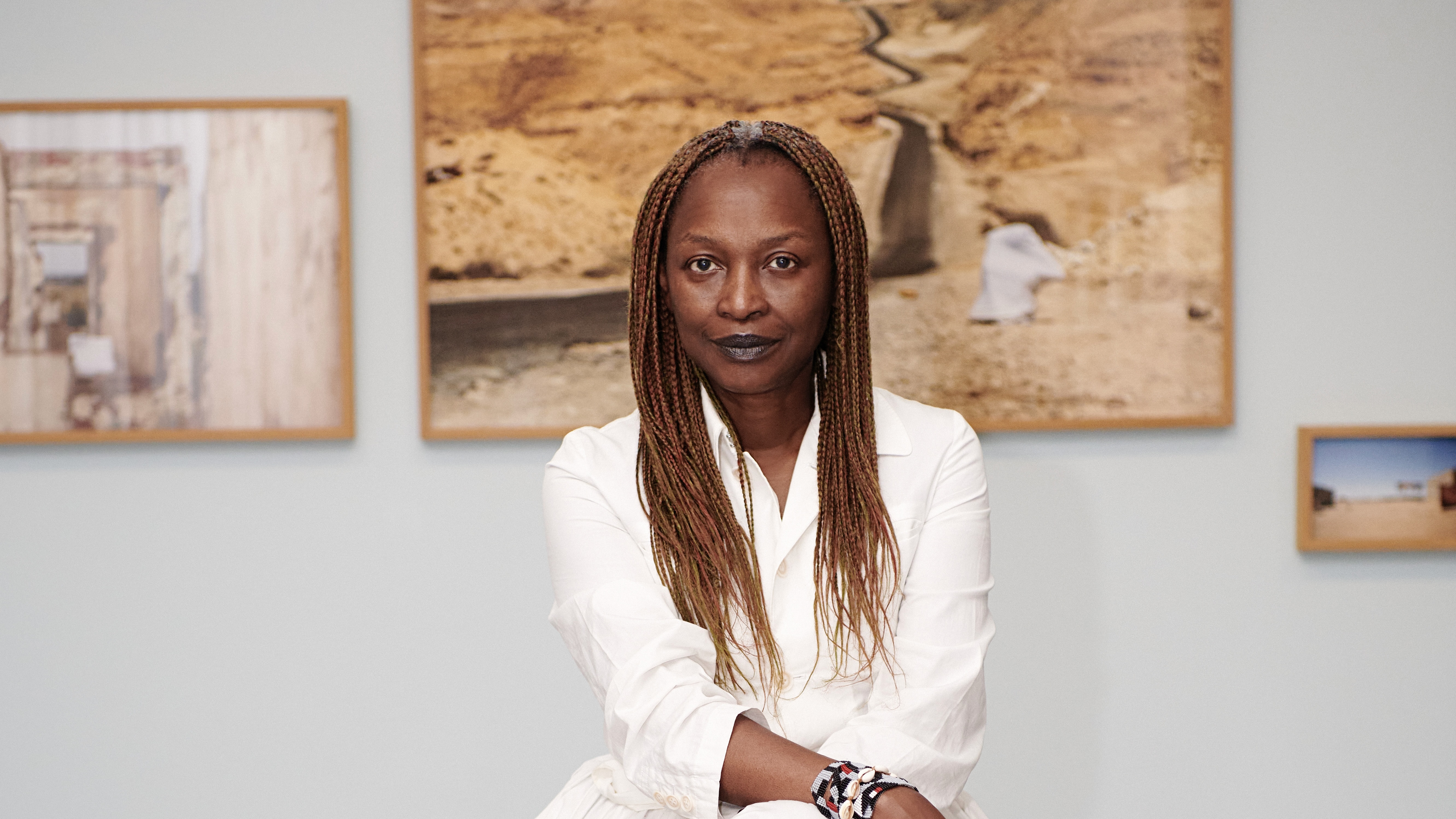 Remembering Koyo Kouoh, the Cameroonian curator due to lead the 2026 Venice Biennale
Remembering Koyo Kouoh, the Cameroonian curator due to lead the 2026 Venice BiennaleKouoh, who died this week aged 57, was passionate about the furtherance of African art and artists, and also contributed to international shows, being named the first African woman to curate the Venice Biennale
-
 Out of office: what the Wallpaper* editors have been up to this week
Out of office: what the Wallpaper* editors have been up to this weekMuch of the Wallpaper* team found itself congregating in Venice this week, whether that be for the annual architecture biennale or to check out a new creative platform. Work and play took the rest of us to Miami, Malta and… Dalston
-
 Remembering Oliviero Toscani, fashion photographer and author of provocative Benetton campaigns
Remembering Oliviero Toscani, fashion photographer and author of provocative Benetton campaignsBest known for the controversial adverts he shot for the Italian fashion brand, former art director Oliviero Toscani has died, aged 82